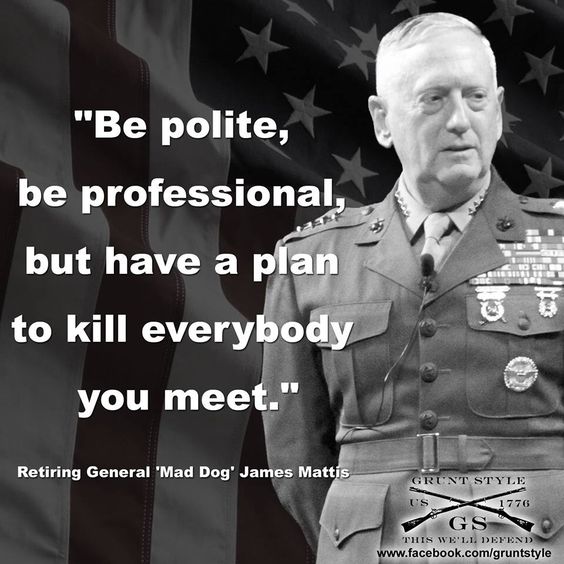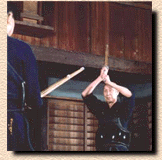Well, you learn something new everyday. Last night Karita Sensei and his son, Naoki, gave a lectured aimed to give us a better understanding of the Japanese sword.
Something that I didn't know was that some swords come with a kaeritsuno (返り角) which is a piece of carved horn that keeps the sword in the obi or belt (see arrow above). Now why would they want that? Karita Sensei said that after a samurai was done cutting their opponents down there would be a tremendous amount of blood on the sword. When they re-sheathed the sword, the blood would dry and the sword would become stuck. The kaeritsuno acted as an anchor that enabled the samurai to still draw the sword with one hand and break free of the dried blood. He also said that how the kaeritsuno was designed and oriented can help you understand where and when the sword was made. Pretty ingenious.
It doesn't matter what we do or where we go, we can always learn something new.
Tonight Karita Sensei will be giving a free lecture on how to understand Balance and Axis' in the martial arts.
Henry Ford's popular admission “Whether you think you can, or you think you can't - you're right” can be apropos to tonight's lecture. One could think, "Karita Sensei does Tai Chi, what does that have to do with Aikido?" and turn off one's mind to other possibilities. Another way to think might be, "I wonder what I can learn from this that might help me shed light on what I am doing?" With both mindsets, we are correct.
A good martial artists is supposed to be proficient reading the situation and then acting. To be able to read a situation, one needs to be good at "seeing" things that a normal person wouldn't readily be able to notice.
At tonight's lecture, pay attention to how Karita Sensei moves more than what he says. Don't let the words get in the way. Watch how he uses his center and how he generates power. If we can't "see" these things then we need more training. If we can see these things then a cacophony wealth will open up for us and we will be able to see something that just might help us in our own training.





